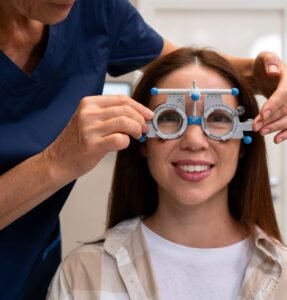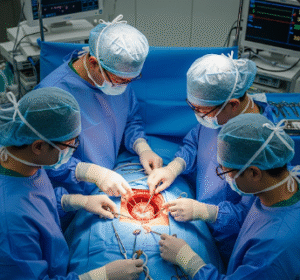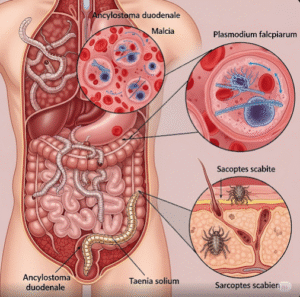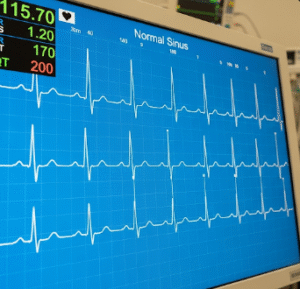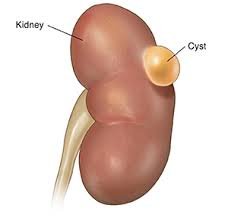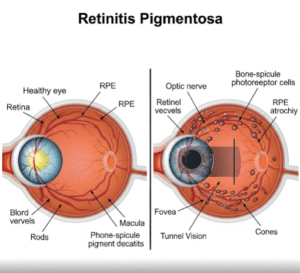Overview
Myringotomy is a surgical procedure that involves making a small incision in the eardrum (tympanic membrane) to drain fluid from the middle ear. It is commonly performed in children with recurrent ear infections or persistent fluid buildup (otitis media with effusion) and in adults with chronic ear problems.
In Korea, myringotomy is performed by skilled ENT specialists, often using microscopic guidance or endoscopic techniques, ensuring precise drainage, minimal tissue damage, and improved hearing outcomes.
Highlights:
- ✅ Drains fluid from the middle ear
- ✅ Relieves pressure and pain
- ✅ Improves hearing and prevents recurrent infections
- ✅ Can include placement of ear tubes for long-term fluid management
What is Myringotomy?
Myringotomy involves making a tiny incision in the eardrum to allow trapped fluid to escape, which reduces pain, infection risk, and hearing loss.
Indications include:
- Chronic or recurrent middle ear infections
- Persistent fluid causing hearing impairment
- Severe ear pain due to fluid pressure
- Eustachian tube dysfunction
- Preparation for certain ear surgeries
Important: Myringotomy is often combined with tympanostomy tube (ear tube) insertion to maintain drainage over time.
What are the benefits?
- Immediate relief: Reduces ear pressure and pain
- Hearing improvement: Clears fluid that interferes with hearing
- Prevents complications: Reduces risk of chronic infection or eardrum damage
- Safe and effective: Short procedure with low complication rates
Key benefits highlighted:
- ⚡ Fast recovery with minimal discomfort
- ⚡ Can be performed in children and adults
- ⚡ Prevents recurrent ear infections
- ⚡ Supports speech and language development in children
Procedure Details
1) How should I prepare for Myringotomy?
- Preoperative evaluation: Ear examination, hearing tests, and sometimes imaging
- Medical history: Discuss allergies, infections, and medications
- Fasting: Required if general anesthesia is planned (usually in children)
- Consent and counseling: Parents or guardians informed about the procedure, risks, and expected outcomes
- Lifestyle preparation: Arrange for transportation and brief recovery supervision
2) What happens during Myringotomy?
- Anesthesia: Local anesthesia for adults; general anesthesia for children
- Incision: Small opening made in the eardrum under microscopic guidance
- Fluid drainage: Fluid is suctioned or allowed to drain naturally
- Ear tube placement (if indicated): Tiny tube inserted to keep the eardrum open for ongoing drainage
Duration: Usually 10–20 minutes; outpatient procedure
3) What happens after Myringotomy?
- Recovery monitoring: Observation for a short period after anesthesia
- Pain management: Mild analgesics if needed
- Activity: Children and adults can usually resume normal activities quickly
- Follow-up care: Ear checks to ensure proper healing and tube function
Highlights for post-procedure care:
- ⚡ Mild discomfort, temporary hearing changes, or minor drainage may occur
- ⚡ Avoid water exposure if tubes are placed (swimming or bathing precautions)
- ⚡ Attend follow-up appointments for tube management and hearing assessment
- ⚡ Report persistent pain, discharge, or fever
Risks / Benefits
Risks:
- Infection or persistent drainage
- Scarring or thickening of the eardrum
- Rare hearing changes
- Tube blockage or premature loss if inserted
Benefits:
- Immediate relief of pain and pressure
- Improves hearing and prevents further infections
- Safe, fast, and effective outpatient procedure
- Supports normal development in children
Recovery and Outlook
- Hospital stay: Outpatient; discharge usually the same day
- Full recovery: 1–2 days for minor discomfort; tubes may remain for 6–12 months if inserted
- Long-term outlook: Excellent; most children and adults experience improved hearing and reduced infections
- Follow-up: Regular ENT visits to monitor tube function and ear health
Tips for optimal recovery:
- ✅ Keep ears dry if tubes are in place
- ✅ Avoid inserting objects into the ear
- ✅ Follow all medication or ear drop instructions
- ✅ Attend scheduled follow-up appointments
When To Call the Doctor
- Fever, chills, or signs of infection
- Persistent or heavy ear drainage
- Severe pain not relieved by medication
- Hearing not improving or worsening
- Ear tube complications (blockage or early extrusion)
Best Korea Option / Process
Korea provides advanced Myringotomy care:
- Top hospitals: Specialized ENT and pediatric centers
- Advanced techniques: Microscope-guided or endoscopic myringotomy with precise tube placement
- Outpatient convenience: Short procedure with minimal disruption
- Postoperative care: Follow-up visits for tube checks, hearing tests, and infection monitoring
- International patient support: Online consultations, appointment scheduling, and telemedicine follow-up
Step-by-step process in Korea:
- Preoperative consultation and ear evaluation
- Myringotomy (with or without ear tube placement) under anesthesia
- Short recovery and observation
- Discharge with home care instructions
- Follow-up visits for tube monitoring and hearing assessment


